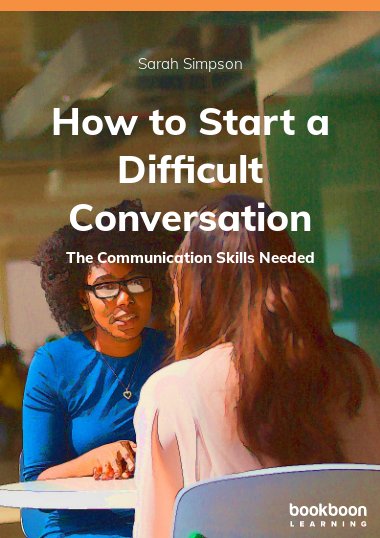A difficult or challenging conversation is described a conversation where you have to manage emotions and information in a sensitive way in order to; address poor performance or conduct, deal with personal problems, investigate complaints/deal with grievances, or comfort or reassure someone.
If you find these conversations challenging, or anxiety inducing, you are not alone! Research shows that 25% of people put off having a difficult conversation for over a year. Using practical skills, examples and your own situations, this book will look at a variety of techniques and approaches that will have you undertaking, honest, authentic, positive conversations in no time.
About the author
Sarah Simpson is a freelance trainer, lecturer, writer and the owner of Dragontooth Training and Consultancy. She is passionate about designing and delivering bespoke courses covering the public, private and third sector. She utilises the latest technology to produce creative and innovative deliveries that are set 'in the real world' that challenge and enable change in working practices.
She draws on extensive public and private sector experience to ensure individuals, teams and organisations gain optimal return on investment and see tangible workplace results.
Her clients include; Universities, The Fire and Rescue Service, The Police Force and County Councils. She has lectured at National and International conferences and has published several peer reviewed papers.

